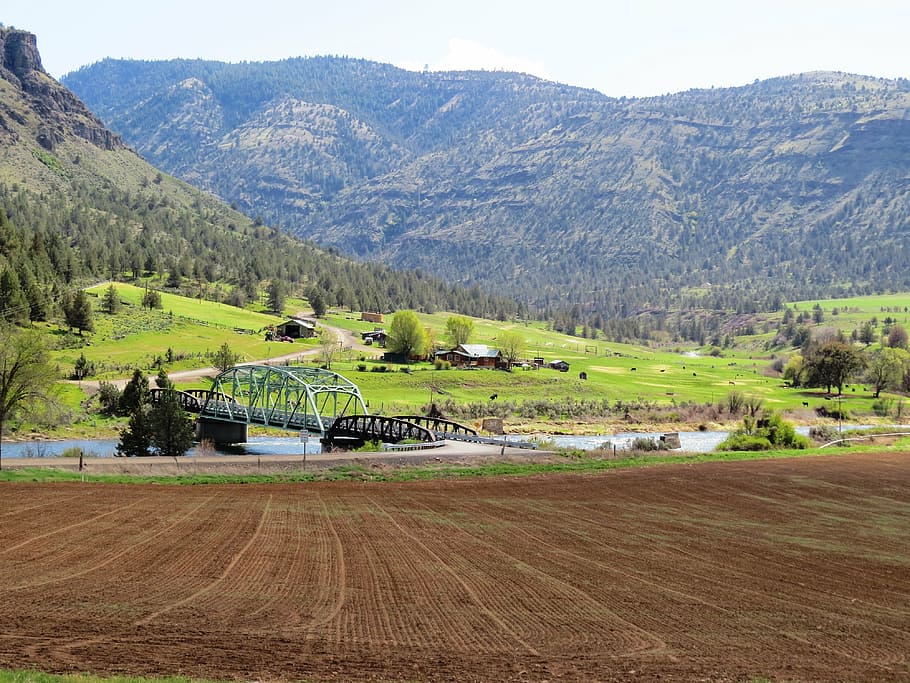Clean Water Act and Safe Drinking Water Act (CWA-SDWA) Coordination can help improve source water quality and public health protection, and help achieve watershed goals. Efforts to reduce contamination of drinking water sources can protect aquatic life, provide benefits for recreation, and protect public health from the consumption of contaminated fish. In addition, using the CWA to develop Ambient Water Quality Criteria that are protective of aquatic life can also lead to the protection of a public water supply use.
State Efforts to Address 1,4 Dioxane through Drinking Water, Ground Water, and Clean Water Programs (June 5, 2018): The purpose of the webinar is to share information about state efforts to assess and address 1,4-dioxane, an unregulated contaminant that is causing states and water utilities to become increasingly concerned about potential health impacts from elevated levels of 1,4-dioxane in both groundwater and surface water drinking water sources. This webinar also builds on the efforts of ASDWA, the Association of Clean Water Administrators (ACWA), the Ground Water Protection Council (GWPC), and EPA to share and promote Clean Water Act and Safe Drinking Water Act (CWA-SDWA) coordination activities across state and EPA water programs.
Slide Decks:
- ASDWA Webinar – Introduction
- New Hampshire – 1-4 Dioxane – Brandon Kernen
- North Carolina – Dioxane June_2018 – Rebecca Sadosky
ASDWA CWA-SDWA Webinar: Leveraging CWA 319 and SDWA Programs for Surface and Ground Water Quality Planning (November 7, 2017): The purpose of the webinar is to build on the efforts of ASDWA, the Association of Clean Water Administrators (ACWA), the Ground Water Protection Council (GWPC), and EPA to share and promote Clean Water Act and Safe Drinking Water Act (CWA-SDWA) coordination activities across state and EPA water programs. State, interstate, tribal, and federal water programs, water utilities, technical assistance providers will learn how the Nebraska and Nevada state water programs coordinated with EPA and local communities to leverage the CWA 319 non-point source (NPS) program for surface and groundwater quality protection planning in drinking water supply areas.
Slide Deck: Combined Webinar Presentations
ASDWA CWA-SDWA Webinar: Creative Uses of Clean Water Funding for Drinking Water Benefits (August 29, 2017): This webinar will share how the Virginia and Washington Drinking Water Programs and the Skagit Public Utilities District (in WA) collaborated with their state Clean Water Programs and other partners to creatively use some non-traditional funding routes to benefit their drinking water utilities, including one very small and disadvantaged water system.
Slide Deck: ASDWA CWA-SDWA Webinar – August 29 2017
CWA-SDWA Toolkit Webinar Series – These three 2015 webinars are a great way to learn more about how to use the different provisions and tools of the CWA to protect drinking water sources. They share the information from the State-EPA CWA-SDWA Toolkit along with state examples.
- Using Water Quality Standards, Monitoring, Assessment, and Impaired Waters Listings
- Using TMDLs and NPDES Permits to Protect and Preserve Drinking Water Quality
- Using Nonpoint Source and CWA 319 Programs to Protect and Preserve Drinking Water Quality (click below)
CWA-SDWA Full Toolkit – (November 2014) This is the full toolkit developed by ASDWA, ACWA, GWPC, and EPA. The Executive Summary on pages 5-9 provides a quick overview of the desired outcomes and opportunities for state, tribal, and federal water program coordination based on each provision of the Clean Water Act, that are described in more detail throughout the rest of the document.
CWA SDWA Toolkit flyer 11-10-14 (November 2014)
- (August 2017) – Rhode Island Administers Three Clean Water State Revolving Fund Loans for Source Water Protection
- Kansas Develops Drinking Water Protection Program to Support Assessments and Implementation Actions
- Maine CDC Drinking Water Program and Maine Department of Environmental Protection Collaboration Efforts
- Minnesota Aligns CWA-SDWA Program Activities for Water Quality and Drinking Water Benefits
- Nebraska DEQ Source Water Protection and CWA 319 Programs Coordinate to Develop and Implement Drinking Water Management Plans
- New Hampshire Helps Pennichuck Water Works Develop a Watershed Management Plan and Implement Restoration Projects
- Virginia Watershed Program Uses Drinking Water Intake Locations to Prioritize Impairments for TMDL Development
- Rhode Island CWA and SDWA Programs Join Efforts to Develop Source Water Protection Initiative for Newport’s Water Supply Reservoirs
CWA-SDWA Workshop (March 2017): ASDWA, ACWA, and GWPC held a half-day workshop on March 21, 2017 in Washington, DC with approximately 50 representatives from state and interstate organizations, the three associations, and EPA Headquarters and Regions. The purpose of the workshop was to discuss CWA-SDWA coordination opportunities and challenges and identify next steps to better protect sources of drinking water (both groundwater and surface water) and improve water quality. Following are the materials from the workshop:
- Agenda
- EPA Region 3-5 Checklist Presentation
- Source Water Collaborative Presentation
- Four state presentations
- Next Steps/Action Items (coming out of the workshop)
- Conducting additional workshops on CWA-SDWA integration at both the national and regional levels, and on specific parts of the programs;
- Conducting cross program education between the CWA and SDWA programs;
- Hosting discussions on a true definition of safe drinking water and developing talking points on the cost vs. risk of addressing drinking water contaminants;
- Continuing to share state program coordination examples and encouraging state to state peer mentoring;
- Updating the CWA-SDWA integration checklist based on pilot use, and then promote its use in other regions and states;
- Developing a one-stop shop clearinghouse for source water protection (SWP) funding sources including the CWSRF and DWSRF; and
- Using the Source Water Collaborative Tools – How to Collaborate, Agricultural Coordination, CWA-SDWA Infographic.
- Using EPA’s DWMAPS, Recovery Potential Screening Tool, Water Quality Framework, and the Healthy Watersheds Assessments for furthering SWP efforts.





